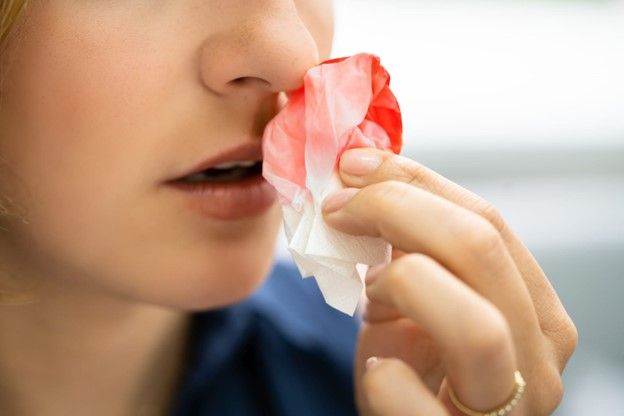How to Remove Tonsil Stones
Have you noticed small, white lumps on your tonsils? You could be dealing with tonsil stones! While they are generally harmless, they can cause discomfort, bad breath, and a sore throat. Understanding how to effectively remove tonsil stones is essential for managing symptoms and maintaining oral health. Here’s a comprehensive guide on how to remove tonsil stones safely and effectively.
What Are Tonsil Stones?
Tonsil stones, also known as tonsilloliths, are small, calcified formations that develop in the crevices of the tonsils. These stones are typically composed of food particles, bacteria, dead cells, and mucus that accumulate and harden over time. Tonsil stones can vary in size, ranging from tiny specks to larger lumps, and they often appear white or yellowish.
Factors that contribute to tonsil stone formation include:
- Poor oral hygiene
- Chronic inflammation or infection of the tonsils
- Enlarged tonsils
- Dry mouth
Symptoms of Tonsil Stones
Many people with tonsil stones may not experience symptoms, but some common signs include:
- Bad breath (halitosis)
- Sore throat or discomfort
- Difficulty swallowing
- Ear pain (due to nerve connections)
- Visible white or yellowish lumps on the tonsils
How to Remove Tonsil Stones
There are several methods to remove tonsil stones, ranging from home remedies to professional medical treatments. Here are some effective approaches:
Gargling with Salt Water:
- How It Works: Gargling with warm salt water can help reduce inflammation and dislodge stones.
- Method: Mix 1 teaspoon of salt in a glass of warm water. Gargle for 30 seconds and repeat several times a day.
Using a Cotton Swab:
- How It Works: A cotton swab can be used to gently push against the stone and dislodge it.
- Method: With a clean cotton swab, carefully press on the stone to pop it out. Be gentle to avoid injuring your tonsils.
Water Irrigation:
- How It Works: A water flosser or an oral irrigator can help flush out debris and stones.
- Method: Set the device to a low-pressure setting and aim it at the affected tonsil. Use caution to avoid causing discomfort.
Coughing or Swallowing:
- How It Works: Sometimes, a strong cough or swallow can help dislodge smaller stones.
- Method: Take a deep breath and cough forcefully or swallow hard to see if it helps move the stone.
Manual Removal:
- How It Works: For larger tonsil stones, manual removal may be necessary.
- Method: If comfortable, use your fingers (after washing them thoroughly) or a clean tool to gently remove the stone.
Visit a Healthcare Professional:
- When to Seek Help: If home remedies are ineffective or if you experience severe pain, swelling, or recurring tonsil stones.
- Medical Procedures: A healthcare provider can perform procedures such as:
- Tonsillectomy: Surgical removal of the tonsils may be recommended for individuals who frequently suffer from tonsil stones or chronic tonsillitis.
- Curettage: A procedure that involves scraping away debris from the tonsils.
Maintaining excellent oral hygiene and staying hydrated are key preventive measures to keep tonsil stones at bay. If you need an expert ENT near you, reach out to ENT Care Centers. Our otolaryngologists are experienced and compassionate about caring for adults and children with tonsil problems.













